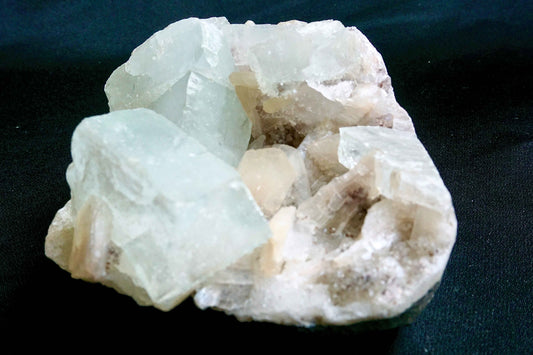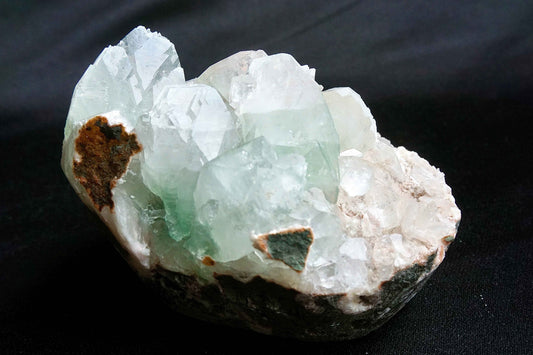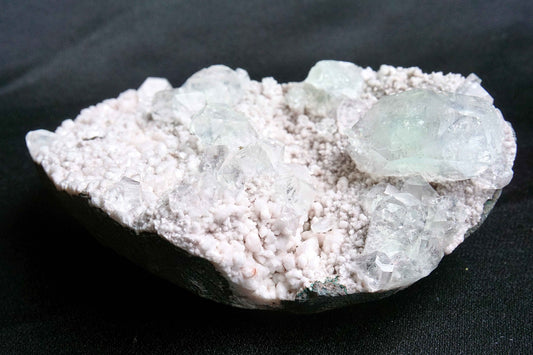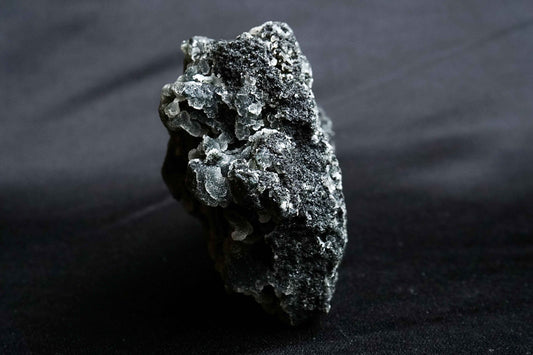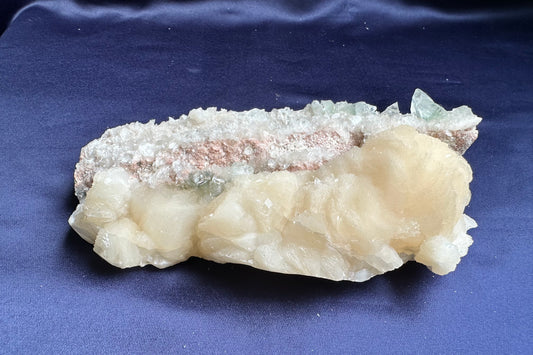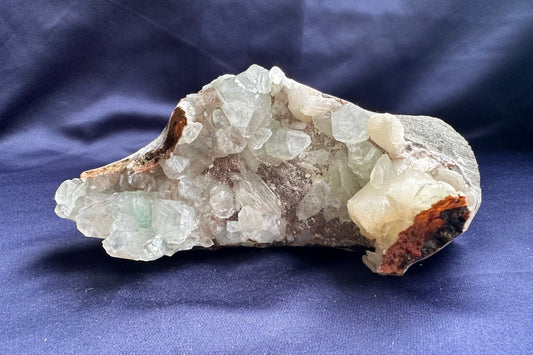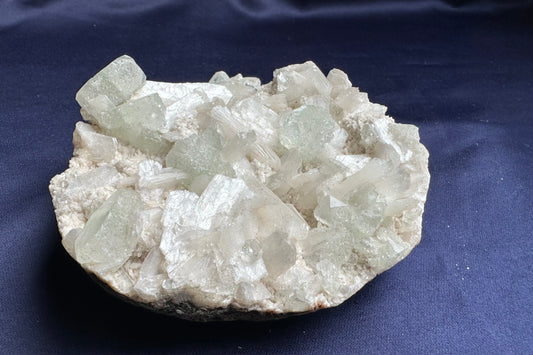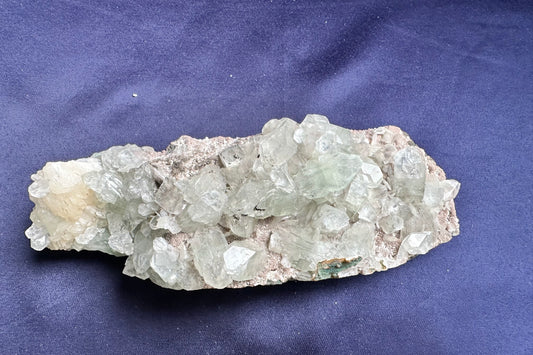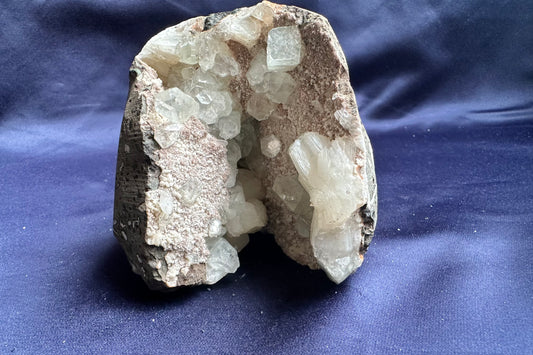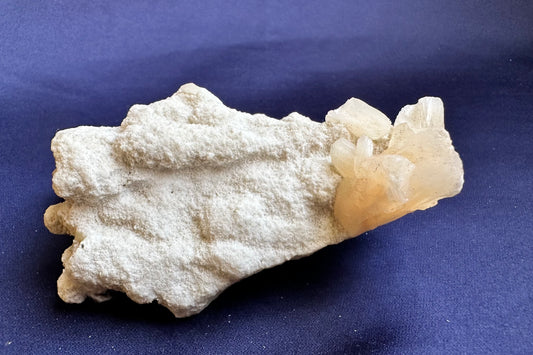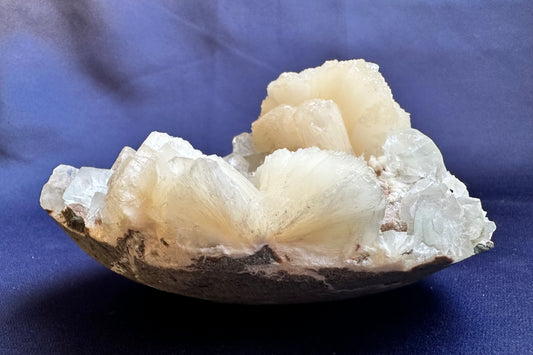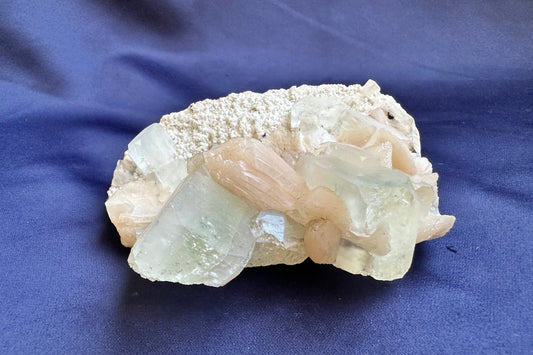Chalcedony is not scientifically its own mineral species, but rather a form of Quartz in micro-crystalline form. The chemical composition of chalcedony is the same as that of quartz - SiO2, or silicon dioxide. Its crystals are only able to be seen when it is viewed under a microscope. Chalcedony usually occurs in low or medium temperatures, and it is a very commonplace mineral. It is often present in hydrothermal veins, although that is not the only instance of its natural formation. It may also be found in volcanic rocks as fillings in veins, in volcanic bubbles called geodes, in limestone layers, in sandstone as cement, and as an agent of fossilization.
In the strict sense, and in the scientific literature, "chalcedony" designates aggregates of parallelly grown ("fibrous") quartz crystals of microscopic and sub-microscopic size.
The colors of chalcedony are as varied as the shades of quartz, but they do present themselves a bit differently. Chalcedony may be found in multicolored, banded, or colorless variations; it may be red, yellow, orange, blue, green, purple, pink, gray, brown, or white. Depending on the bodycolor of the type of chalcedony, the stone may be opaque or transparent. Most often, its luster is waxy, dull, or vitreous, but rarely, it may appear iridescent.
Color: colorless, white, gray, blue, any color due to embedded minerals, multicolored specimen not uncommon.
Hardness: 7 on Mohs scale.

